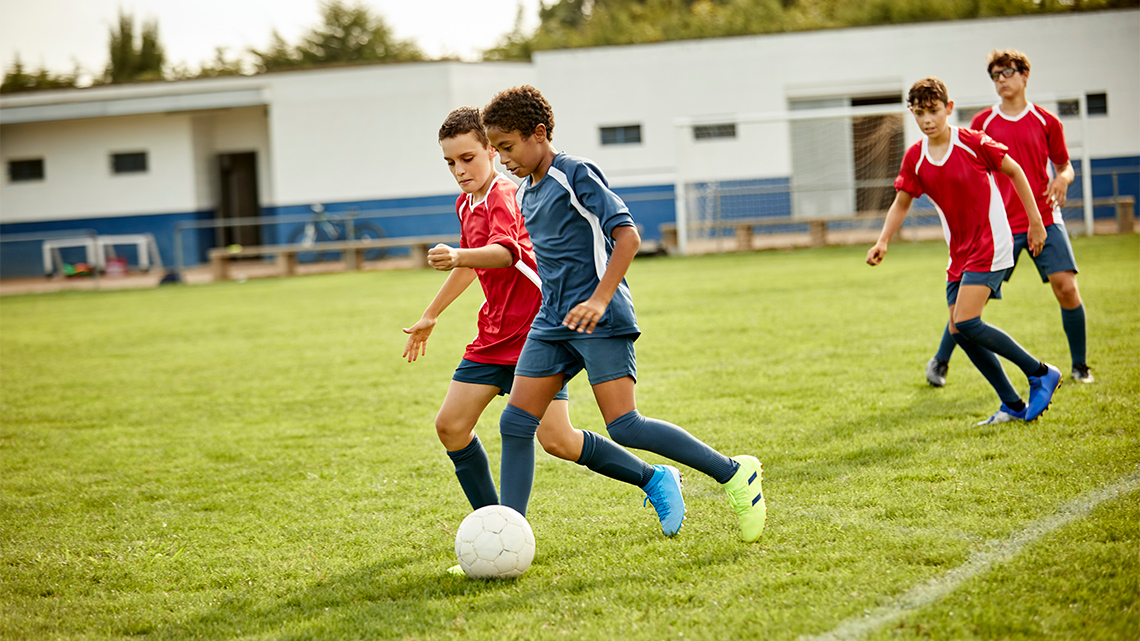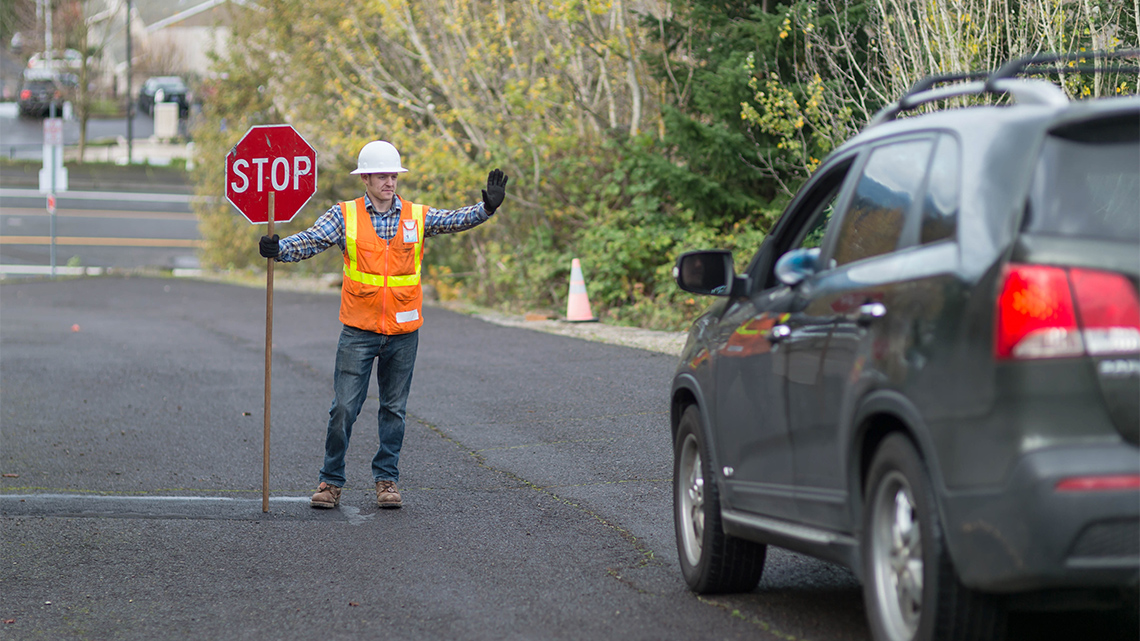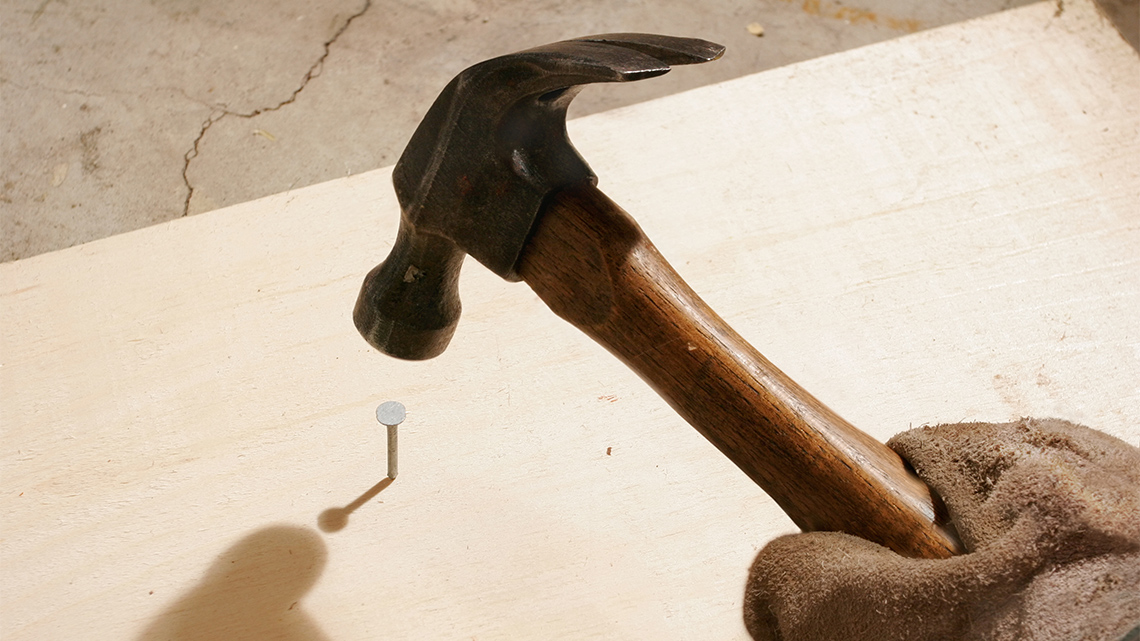Minds On
Energy and energy transfers
Energy is always being used! Energy is used to power things, do work, and run systems.
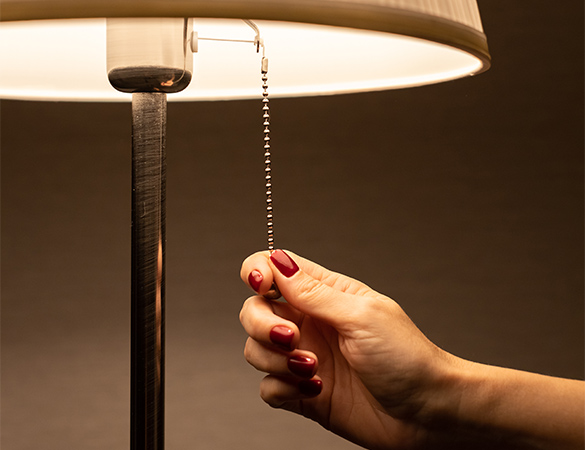
Energy is the ability to do work, or in more simple terms: energy makes things happen.
Energy can be used to ride a bike, play video games, bake cookies, and even drive to school. Energy can even be transferred or transformed–it can move from one object to another!
What do you already know about energy and energy transfers? What might you wonder about them?
Complete the Energy and Energy Transfers organizer in your notebook or using the following fillable and printable document. If you would like, you can use speech-to-text or audio recording tools to record your thoughts. You may also use another method to record your ideas.
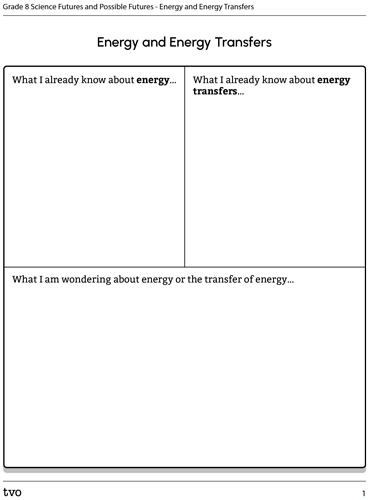
Press the Activity button to access the Energy and Energy Transfers.
Activity (Open PDF in a new tab)Action
Future impacts
This learning activity connects new and existing approaches for young scientists to create positive changes in their communities.

Energy in systems
Energy is needed for something to do work, or rather the ability to apply a force to an object and have it move a distance.
The scientific community long ago discovered that energy in the universe is not something that can be created or destroyed, meaning that the total amount of energy in the universe has always been, and will always be, constant. The energy of the universe exists in different forms and can look like movement, sound, light and/or heat.
While seemingly unchangeable, energy can be transformed from one form to another, and even be transferred between objects. This is what we refer to as energy transformation.
Systems use energy to do work.
What is a system?
A system is a group of interacting, interrelated, or interdependent elements forming a complex whole.
These elements work together to perform a task.
Mechanical energy
Mechanical energy is one of several forms of energy that exist in the universe. It is a combination of the amount of energy of motion than an object or system has (we call this kinetic energy) and the amount of stored energy of the same object or system (we call this potential energy). In short, mechanical energy is the energy of an object that can move. All systems, both physical and social, use mechanical energy to do work.
Examine the following images to explore a few examples of mechanical energy.
Brainstorm
Your turn!
Can you think of any other examples of mechanical energy?
Record your thinking using a method of your choice such as in print, digitally or using an audio recording. If possible, share your thinking with a partner.
Energy loss in mechanical systems

As discussed above, a mechanical system is a group of physical parts that interact with each other and function as a whole to complete a task. Machines are an example of a mechanical system because machines help people do work. To make a machine do work, energy must be transferred from one part of the system to another.
Even in the most efficient of systems, when energy is transferred from one form to another, or from one part to another, some of that energy manages to escape the system, or is “lost” from it.
In mechanical systems, energy typically gets lost in the form of vibrations or shaking, noise/sound being produced, or parts heating up/letting off heat.
Because machines and mechanical systems are made up of moving parts, energy is most often lost when different surfaces rub together, creating resistance. This is called friction. While friction in many systems can actually help them perform better (like the brakes of a vehicle), friction also causes heating of the surfaces in contact with one another, and increases their thermal energy which can negatively impact the system, and cause it to overheat.
Let’s examine a few examples of energy loss in systems.
Pause and Reflect
Energy loss
What is energy loss? Why could it be a problem to lose energy from a system?
Record your answers using a method of your choice.
Reducing energy loss in systems
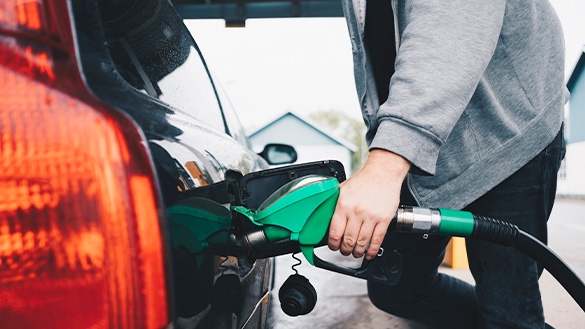
Losing energy in a system is not ideal. Not only does it decrease the efficiency of the system, but it can increase costs to the user, because more resources are needed to be input into the system to get the desired output. Gas engine vehicles are a strong example of this. Did you know that over 80% of the energy from the gasoline pumped into a vehicle ends up lost to the system? Most of that energy is used to cool the engine and reduce friction throughout the system.
There are many innovations that work to reduce energy loss, or even recapture it, and make mechanical systems more efficient.
Explore the following list for some examples of innovations that exist to reduce energy loss in some systems:
- Lubrication. When parts of a system rub together and friction occurs, this friction can cause overheating. This overheating does not allow the system to work properly and causes the parts to wear out quickly. Lubrication using a liquid (such as oil) is typically used to reduce the amount of friction between moving parts, which reduces the amount of thermal energy that is transferred and lost. Wax for skis and oil in engines are two examples of lubricants that are commonly used.
- Another example is LED lightbulbs that have been introduced to replace filament lamps. This form of lightbulb causes less energy to be wasted and lost as heat when they are used because they do not produce the same amount of heat.
- High-efficiency appliances in buildings are used now. These appliances use much less energy than other appliances, but are still able to complete their tasks. Some examples are furnaces, refrigerators, air conditioners, water heaters, and washing machines.
- High efficiency windows. These windows reduce the air transfer between the inside and outside of a building, which means that less energy is being used to heat or cool that building.
Brainstorm
Reducing energy loss
Can you think of any other technological innovations that reduce energy loss and make mechanical systems more efficient?
Record your ideas using a method of your choice, such as print, digitally, or using an audio recording.
Test yourself!
Check your understanding of some of the concepts reviewed by completing the following activity.
For each question, select the correct answer, then press ‘Check Answer’ to see how you did.
Consolidation
Let’s design to reduce energy loss!
To help solve problems such as energy loss in systems, scientists, designers and engineers need to consider many factors before beginning their work.
Check out this video to learn about the steps of the Engineering Design Process.
Throughout this learning activity, you explored ways that energy is lost from systems, and some innovations that exist to try and reduce some of this loss and make the system more efficient.
Choose an existing system, or design a new system (physical or social) of your own, and answer the following questions:
- How does this system work?
- What are the parts of this system? (include an image, labelled diagram, or drawing of the system)
- Where is energy lost within the system?
- What features or innovations can be used to reduce the energy loss in your system?
To complete this task, you will be using skills from the engineering design process. Focus on the first three steps: ask, brainstorm, plan.
You can record your system and the answers to the questions in a method of your choice.
Press ‘Model’ to access an example of a system with an explanation that answers the questions asked.
Example: Bicycle brake system

Common bicycles use a system for braking that involves a wire running through a casing. This wire mechanically pushes on a lever to make the bicycle stop.
In some cases, a bicycle’s brake system uses fluid to activate the lever.
In this type of bicycle, a separate lever on the handlebars of the bicycle is pressed. This action pushes pressurized fluid through a hose that triggers the brake calliper to squeeze the brake pads together on either side of the rotor. This squeezing motion crates friction (a form of resistances), which causes the wheel to stop moving.
The energy that is lost is thermal energy, because of the friction.
Stainless steel is a better material for brake rotors because it cools quickly, which reduces the amount of heat that is produced by the friction.
Reflection
As you read the following descriptions, select the one that best describes your current understanding of the learning in this activity. Press the corresponding button once you have made your choice.
I feel…
Now, expand on your ideas by recording your thoughts using a voice recorder, speech-to-text, or writing tool.
When you review your notes on this learning activity later, reflect on whether you would select a different description based on your further review of the material in this learning activity.
